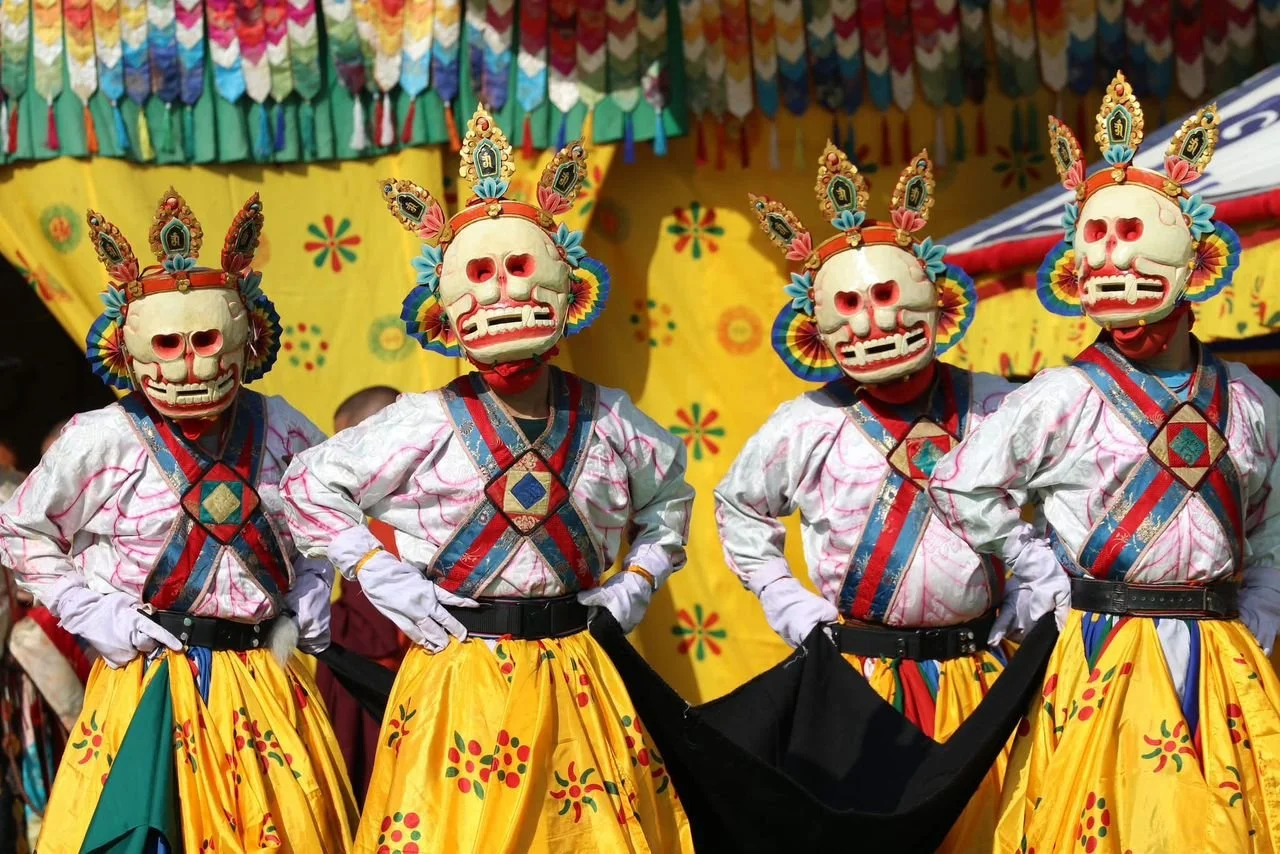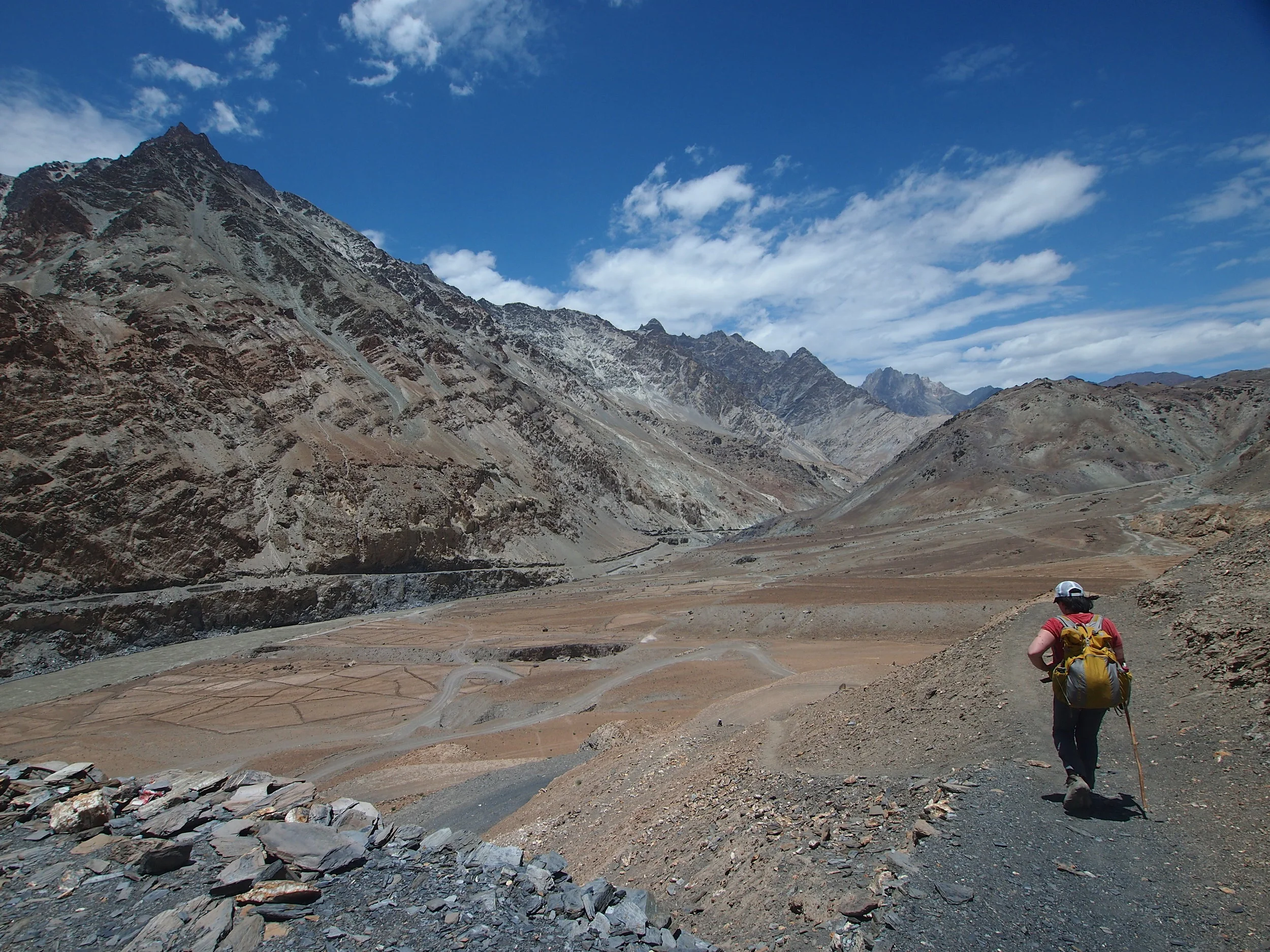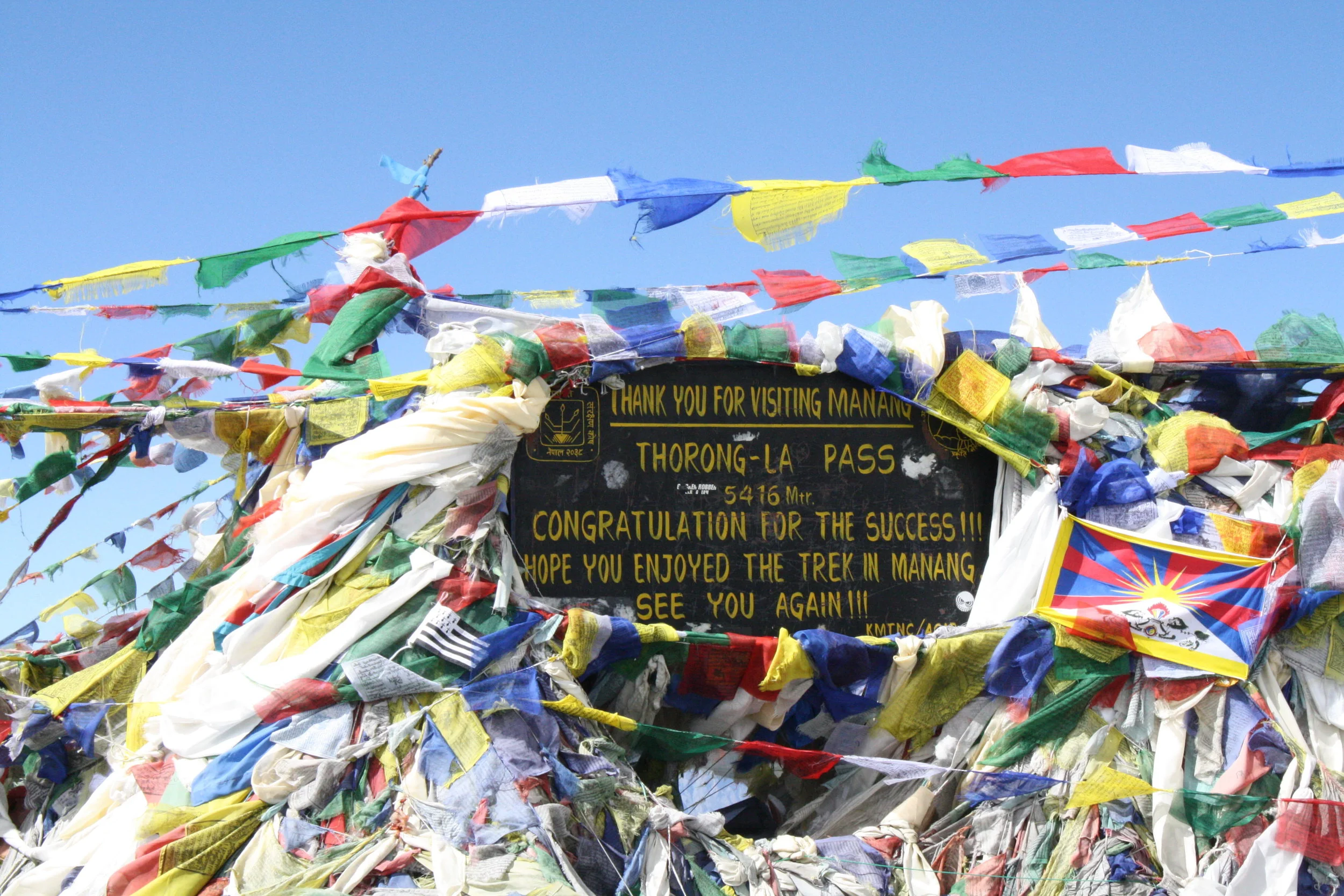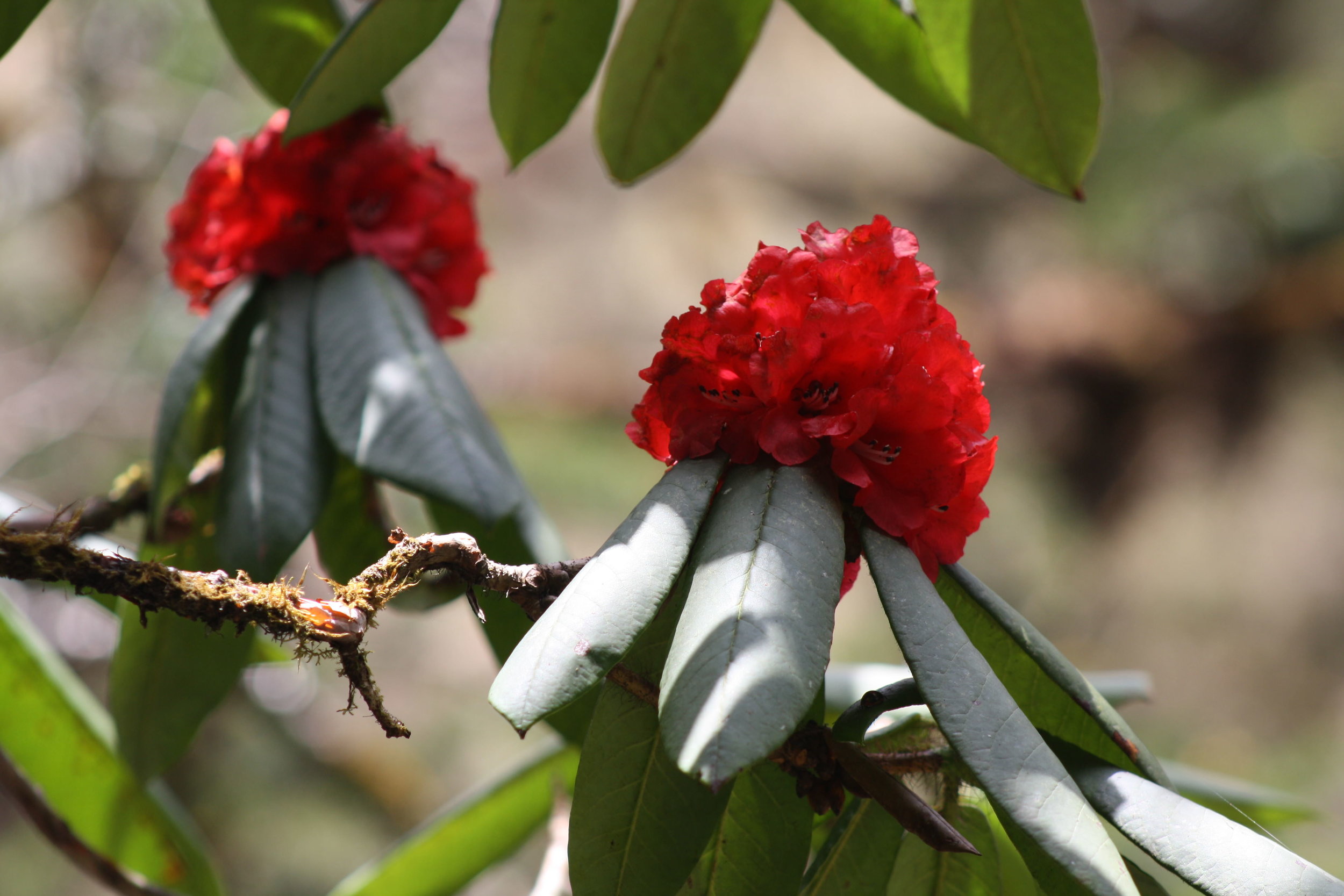October and November are peak tourism season in Nepal, and as with most places that are popular at a particular time of year, this is for several very good reasons. The weather tends to be optimal at this time, the mountain views are good, conditions on trekking trails are comfortable, plus there are a couple of huge festivals (and some smaller ones, too) that make these months exciting times to visit.
While October tends to be busier with tourists than November, in our opinion, November is actually the better month of the two. The weather is crisper in November, and as anyone who has spent much time in Nepal will tell you, crisp, clear air shouldn’t be taken for granted!
To see and experience Nepal at its best, you should definitely plan to visit in October or November. Here are a few reasons why.
The weather
Despite being a Himalayan country with a lot of snow-clad, high mountains that are cold to visit at any time of year, much of Nepal is actually at a lower altitude and is anything but cold throughout the year. Take it from the Himalayan experts: the overwhelming feeling of Nepal is heat, dust, and humidity.
That’s why many of us welcome autumn in Nepal, after the sticky monsoon. We know that the winter is going to bring colder temperatures, but October and November are a beautiful happy medium. Less humid than spring and summer/monsoon but still sunny and warm in the day. A low chance of rain after the first week of October. Plus, Kathmandu’s notorious dust has been washed away by the monsoon, leaving clearer skies in October and November. And, even if you’re planning on heading out into the mountains, you’re likely to need to spend a bit of time in Nepal’s main cities (Kathmandu and Pokhara) en route, which is where the cooler, clearer conditions are most welcome.
Trekking conditions
Speaking of heading into the mountains, as this is a major reason why many travelers come to Nepal in the first place… October and November are perfect times to hit the mountain trails. With little chance of rain, especially later in October and into November, trails are in the best condition of the year. Plus, low humidity means that the mountain views are often beautifully clear.
The most popular trails—such as Everest Base Camp Annapurna Circuit and Poon Hill—can be quite busy during this season, which is all the more reason to trek with a trusted guide who can secure the best accommodation for you ahead of time (rather than trekking independently and risk finding nowhere to stay!) They’re busy for good reason, because the sights, experiences, and facilities are among the best in Nepal. But, if you wanted to avoid the worst of the crowds, some other trails see far fewer visitors and offer comparably amazing experiences to the ‘big name’ treks, such as the beautiful but lesser-visited Mardi Himal trek or Gokyo and Beyond
Major festivals in October and November
Hindu and Buddhist festivals in Nepal follow a lunar calendar, meaning the dates according to our Gregorian calendar aren’t the same every year. So, a festival that falls in late September one year may fall in early or mid-October the next. But, in general, the following festivals fall sometime in October or November. Whether you’re traveling to Nepal for the mountains or the jungles, checking out these vibrant, important festivals is a great way to get a dose of culture and to better understand this diverse and colourful country.
Dashain
Dashain—also called Dashami, Vijaya Dashami, or Dusshera/Durga Puja (in India)—is the most important festival of the year to most Nepali Hindus. It celebrates the triumph of good over evil. Although the festival itself runs for 15 days, there are just a handful of days that are most important. Animals are sacrificed to the goddess Durga (Nepal is a far less vegetarian country than neighboring India!) and elder family members adorn younger members with large rice and vermillion powder tikkas. This is a time when many Nepalis will travel back to their home villages to spend time with their families.
From a tourist’s perspective, unless you’re invited into a Nepali home during Dashain, you may not get as much of an up-close perspective of this festival as others. Dashain happens within homes, temples, and smaller communities, rather than out in the streets as a joyous affair, like many other festivals. But, if you’re trekking in the mountains, you may well get the chance to stop by a local home—the Annapurna region is best for this, as the Everest region is predominantly Sherpa, who are Buddhists and don’t really celebrate Dashain. Plus, if you happen to be in Kathmandu during Dashain, you’ll be amazed by how quiet the streets are—much of the population clears out back to their ancestral homes.
Tihar
Tihar is the second-most important festival to Nepali Hindus, and follows a couple of weeks after Dashain. It’s what’s called Diwali or Deepavali in India, and in fact Nepalis on the Terai tend to call the festival Deepavali rather than Tihar. It’s the festival of lights, and it’s a beautiful time to be in Nepal, especially in the cities, because homes and businesses adorn their buildings with fairy lights and small earthen lanterns, and paint colourful rangoli patterns outside their doors. Like Dashain, Tihar lasts for several days, but there are three main days of the festival, with the biggest being ‘Bhai Tikka’, when sisters bless their brothers with colourful tikkas on their foreheads, and in turn brothers give their sisters gifts.
Tihar is celebrated differently in the hills and on the plains of Nepal, but wherever you go there’s likely to be some Tihar festivities. Like Dashain it’s a festival that’s celebrated at home, but there’s a much more public element to Tihar, with all the colourful lights and decorations.
Chhath
If you happen to be visiting the Terai (such as the Chitwan National Park) in the week or so after Tihar, don’t miss Chhath festivities. This is only celebrated on the Terai, or by people who originated there. Devotees fast and make offerings to the sun at river banks, seven days after the end of Tihar. If you happen to be in Kathmandu rather than the Terai, Chhath is celebrated at the Rani Pokhari tank in central Kathmandu residents of Kathmandu who hail from the Terai.
If Himalayan festivals really appeal to you, you can also go on tailor-made tours to Bhutan that focus on the colourful Tibetan Buddhist festivals held in monasteries there.
Want to visit Nepal in October, November, or at any other time of year? Email us at info@beyondtheclouds.org.nz to find out how we can help.
www.beyondtheclouds.org.nz
























